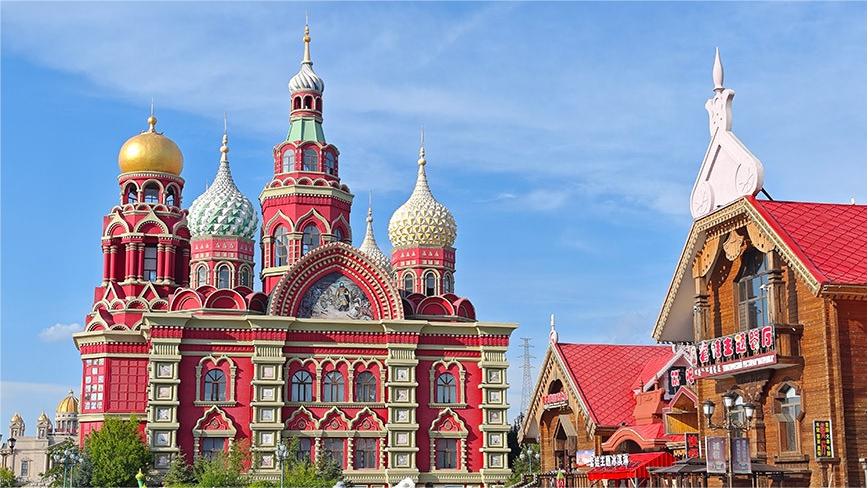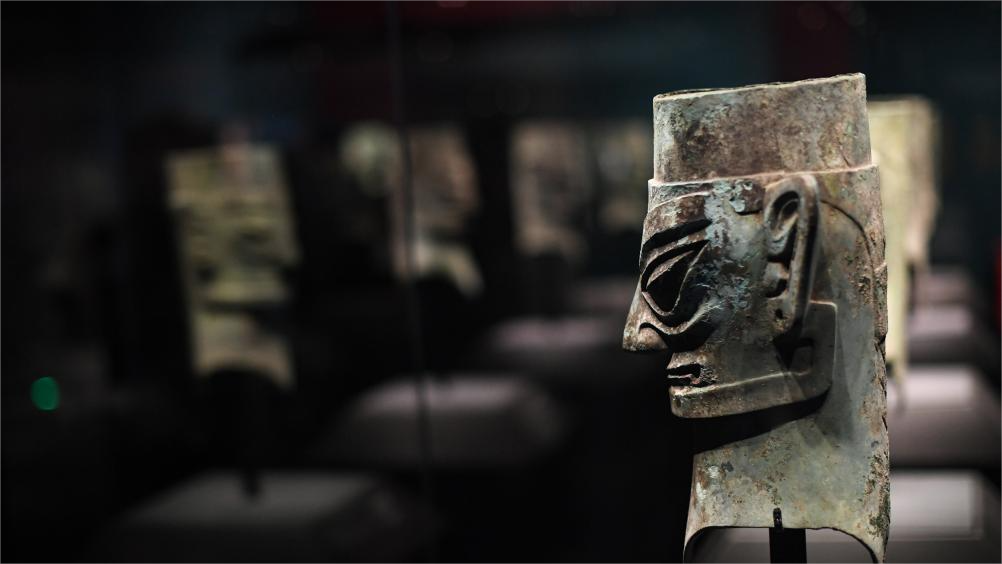Wondrous Xinjiang: A tale of two names -- Pairing assistance helps Xinjiang village chart prosperous path
URUMQI, July 1 (Xinhua) -- Settling on the edge of the Taklimakan Desert, China's largest desert known as the "Sea of Death," the village of Ayagadun, in Hotan County, northwest China's Xinjiang Uygur Autonomous Region, got its name from the harsh environment which means "the last sand mound."
Though situated at an altitude suitable for rice growing, lack of fund and technology to modernize its irrigation system and infrastructure has long shackled local residents in poverty.
In 2021, under the national pairing assistance program, villagers welcomed the long-awaited improvements thanks to the funding from Beijing.
China has been implementing the pairing assistance program in Xinjiang since 1997, channeling financial, technical and human resource support across various sectors from different regions of the country to Xinjiang.
The assistance from this initiative has greatly improved the well-being of people of all ethnic groups in Xinjiang and has made great contributions to the eradication of absolute poverty there.
Coupled with China's rural revitalization campaign, the village's small and fragmented plots of land have been transformed into large and unified paddy fields, with rice yield almost doubling to nearly 9,000 kg per hectare.
"Our rice brand now even has a market share in the high-end rice market," noted a local official Zhao Xiaofeng.
"Daoxiang" (fragrance of rice) was therefore proposed to replace its previous name by some villagers who had worked in Beijing, which was inspired by Dao Xiang Cun, a renowned pastry brand in the Chinese capital. "Cun" in Chinese means "village."
"Why not rename our village as the time-honored brand 'Dao Xiang Cun' since we have so many rice fields here," Zhao explained in detail.
"The villagers believe that our fellow countrymen from Beijing have come to help us, and renaming the village would be a way to express gratitude," Zhao added.
Meanwhile, with the financial support from Beijing, over 70 million yuan (about 9.8 million U.S. dollars) has been invested to develop the village into a tourism complex integrating catering, accommodation, entertainment and leisure activities with distinctive folk characteristics.
According to Zhao, the tourism industry has created more than 1,000 job opportunities and local residents have seen their living standards rising year by year, with the village's annual revenue hitting 20 million yuan a year.
"Our village is now exceptionally beautiful, and the living conditions are comfortable. The tourists also enjoy coming here," said villager Mamat Nurmamat.
"I'm perfectly content with our current life," said Hawanisa Hekim, who runs a guesthouse.
"My husband is famous for making pilaf in the village and all the tourists love the taste. There was even a tourist who stayed in our guesthouse for 36 days," she said with pride.
As their living conditions keep improving, so are their cultural lives. "About three to four cultural and recreational activities are organized in the village every week," said Zhao.
Last summer, Daoxiang Village held a series of events, including an electronic music festival, and an exhibition showcasing local intangible cultural heritages, filling the village with joy and laughter.
Photos
Related Stories
- Highlights of 8th China-Eurasia Expo in Urumqi
- Global enterprises gather in Xinjiang to tap into vast Chinese market
- Investment contracts worth over 16 bln USD signed for Xinjiang regional capital
- Letter from China: A prosperous Xinjiang, a blessing to the world
- 'A movable feast' in Xinjiang: The savory secrets behind Xinjiang's irresistible beef snacks
Copyright © 2024 People's Daily Online. All Rights Reserved.









